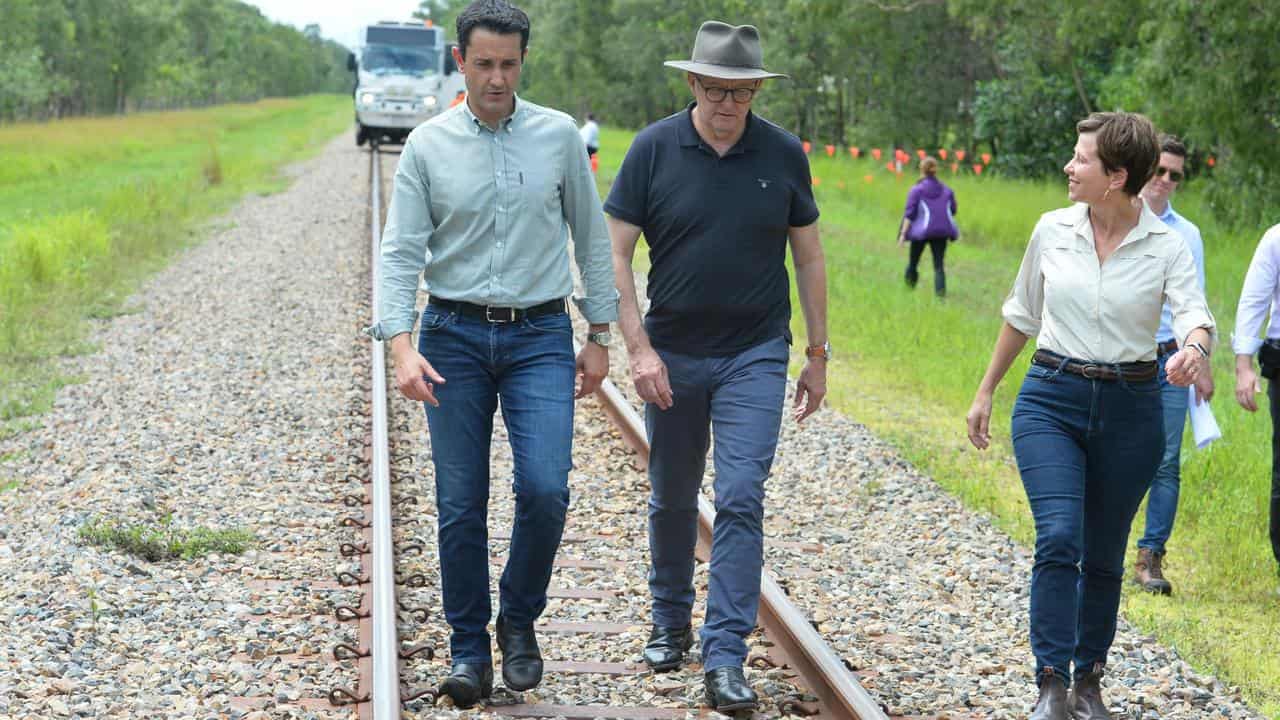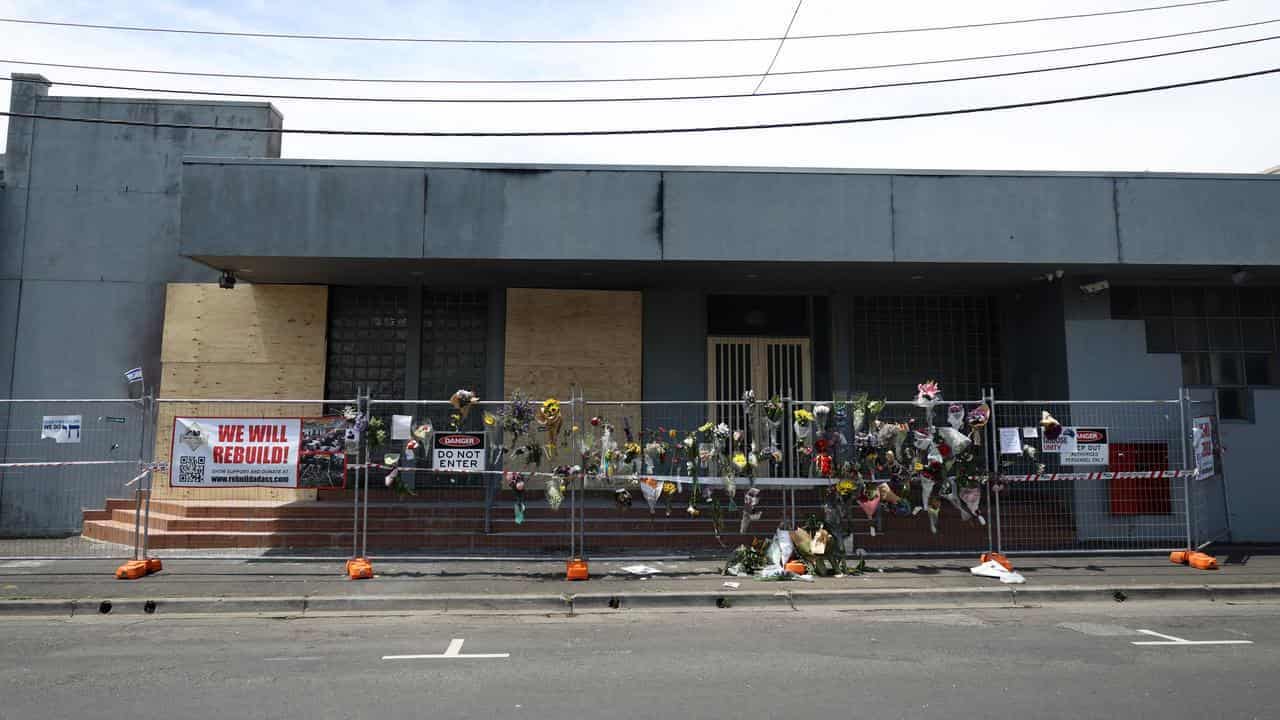The Statement
The claim that the workforce is now excessively casualised is simply not true. The level of casualisation hasnt changed for about 20 years.
Jennifer Westacott, Business Council of Australia chief executive. October 31, 2019.
The Analysis
Business Council of Australia chief executive Jennifer Westacott says trade unions have an important role but has taken issue with what she calls overstatements of trends in Australias workforce composition.
In a speech at Melbournes La Trobe University on October 31, Ms Westacott targeted the focus of unions on levels of casual work in Australia, saying: The claim that the workforce is now excessively casualised is simply not true. The level of casualisation hasnt changed for about 20 years, she said.
AAP FactCheck examined the claim that there has been no change in the level of casual work in Australia for approximately two decades.
Ms Westacott made the claim as part of a speech titled, Do trade unions help or harm Australias economy. The speech outlined the BCAs vision for the roles unions and business must play to improve Australias economy and strengthen support for the most vulnerable in society.
Ms Westacott described herself as a supporter of unions and the role unions have in ensuring the wellbeing of society. While she took issue with what she described as a short term campaigning focus by unions and the risk of overstatements of important trends, Ms Westacott said there were important issues concerning underemployment, the so-called gig economy, and the rise of part-time work. [2]
Casualisation and insecure work are contested issues in Australia, with the Australian Council of Trade Unions (ACTU) claiming in 2018 that insecure work is rising and is the biggest issue facing Australian workers.
At the time of publication the ACTU were unable to provide AAP FactCheck with a definition of insecure work. However in 2012 the ACTU commissioned an independent inquiry into insecure work, which was defined as that which provides workers with little social and economic security, and little control over their working lives. Indicators of this included unpredictable, fluctuating pay; irregular and unpredictable working hours and inferior rights and entitlements.
Ms Westacotts statement is supported by a January 2018 Parliamentary Library report, which states that from 1996 to 2016, the casual employee share of total employees increased marginally from 24 per cent to 25 per cent. The same report notes that use of casual employees in Australia grew most strongly from the early 1980s to the mid-1990s, increasing from around 13 per cent to 24 per cent.
A December 2018 Parliamentary Library report, by the same author, states that casual employees comprised 25.1 per cent of total employees in August 2017 and 24.6 per cent in August 2018.
The report states: Claims have been made by some economic commentators and unions about the growing casualisation of the workforce and disproportionate growth in non-traditional or non-standard forms of employment. These claims are not supported by the latest data. While there have been periods where growth in casual employment has been stronger or weaker than permanent employment over the past 14 years, the casual share of employees and employment has not changed substantially in this time. In fact, over the whole period analysed, growth in the number of permanent employees has been stronger than growth in casual employees.
In July 2018 the ABC examined a similar statement by the then workplace minister Craig Laundy. Mr Laundy said casuals had remained at a steady 25 per cent over the last 20 years and the ABC found the claim checked out, but noted it relied on a narrow definition of insecure work.
ACTU secretary Sally McManus said in a statement to AAP FactCheck that casualisation was only one of many non-standard forms of work which by some estimates accounts for half of the total workforce in Australia.
While the percentage of employees who are engaged as casuals is similar today to what it was 20 years ago (20.6 per cent now compared to 20.1 per cent in 1998, that percentage has risen significantly in the past 10 years when it jumped from 19 per cent to todays levels). The real story here is the growth in numbers where casual employees have jumped from 2.2 million in 2008 to 2.6 million in 2018, she said.
Ms McManus referenced ABS figures in the December 2018 parliamentary report on trends in non-standard forms of employment and cited the change in casual share of employment.
Added to the number of workers on casual employment contracts are the number of workers on fixed-term contracts or forced into independent contractor status. These workers are not counted in the BCAs number but they include most gig economy workers.
Senior Research Fellow at the University of Melbourne Dr Josh Healy told AAP FactCheck that, in official statistical terms, the proportion of casual employment in Australia sits at about a quarter of the workforce and has done so for many years.
Dr Healy said when viewing the situation through a wider lens, the bigger issue was about the idea of insecure employment, and the fact that casual employment figures remained about 25 per cent was still problematic. The fact that proportion is stable is nothing to boast about, it represents a very large chunk of the workforce, he said.
Dr Healy pointed to the fact the ABS classifies a casual worker as an employee while a gig economy worker is considered a contractor, putting them in a separate data set to casual workers.
Based on the evidence, AAP FactCheck found Ms Westacotts statement that the level of casualisation in the workforce has not changed for about 20 years is true - a parliamentary library report using ABS data supports her statement. However the ACTU claims the definition of casual work is too narrow and excludes fixed-term workers and independent contractors. Ms Westacott also acknowledged there are important issues concerning underemployment, the so-called gig economy, and the rise of part time work.
The Verdict
Mostly True Mostly accurate, but there is a minor error or problem.
* AAP FactCheck is an accredited member of the International Fact-Checking Network. To keep up with our latest fact checks, follow us on Facebook, Twitter and Instagram.
First published November 6, 2019 15:23 AEST











